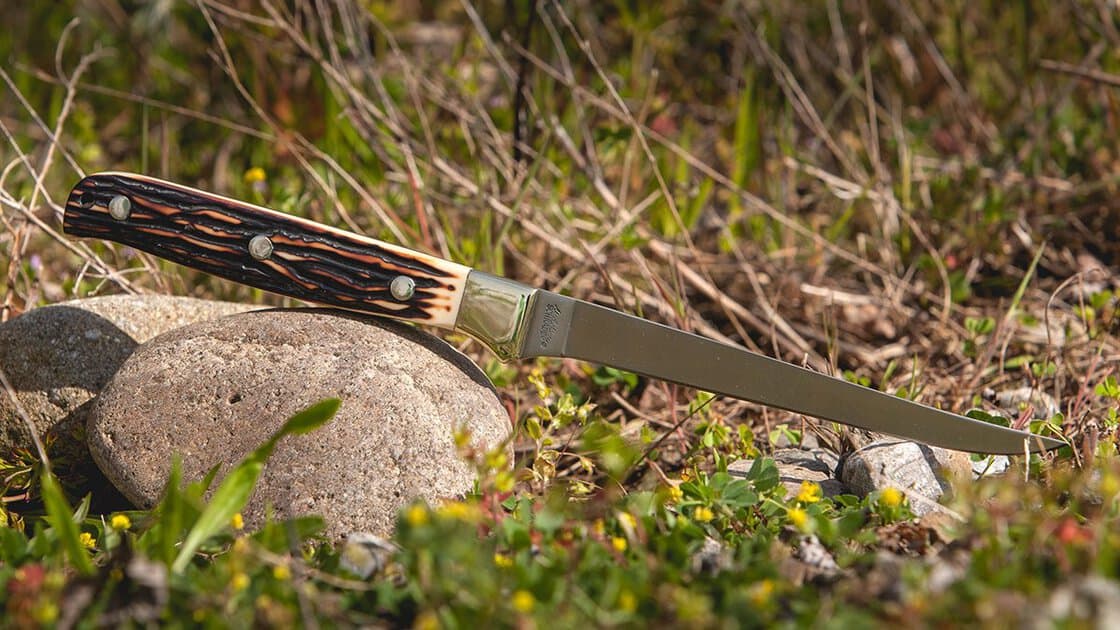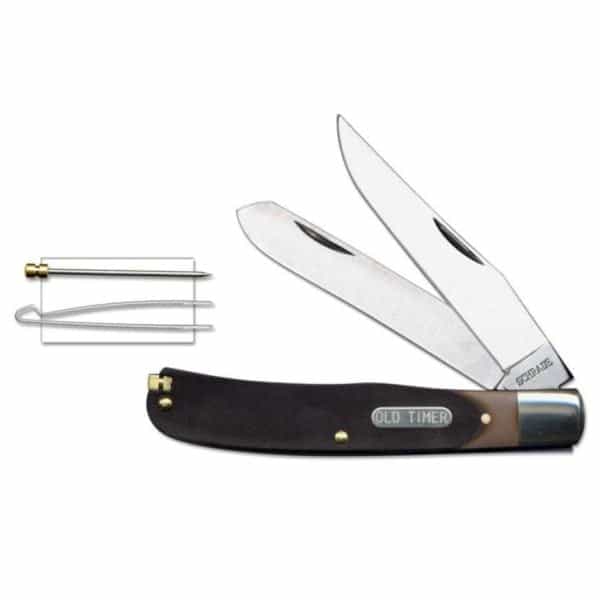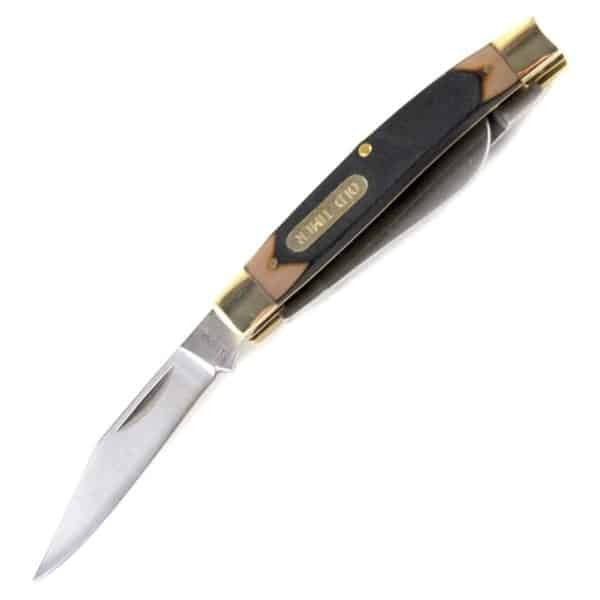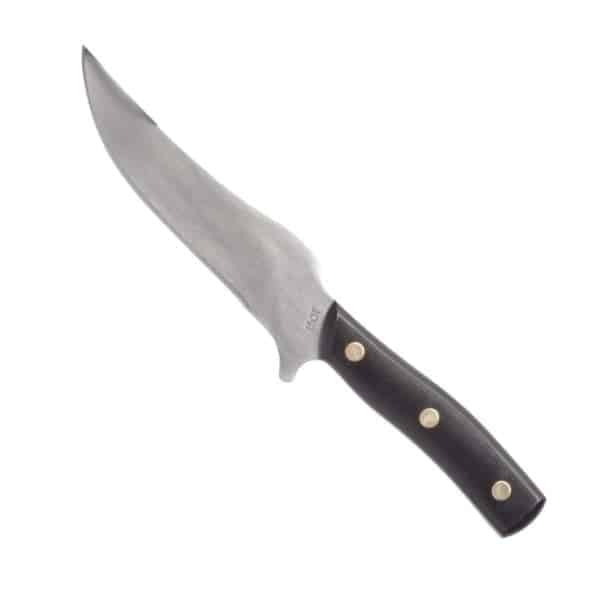The year is 1788. The First Fleet has just arrived in Sydney Cove, bringing with it the first Europeans to set foot on Australian soil. Among the many supplies that the Fleet has brought is a small number of knives.
These knives are essential tools for the early colonists. They are used for everything from cutting food to building shelters to defending themselves from wild animals. The knives also become symbols of the colonists’ power and authority.
One day, a young Aboriginal boy named Yarramundi is playing in the bush when he comes across a knife. He has never seen anything like it before. He picks it up and examines it, fascinated by its sharp blade and polished handle.
Yarramundi takes the knife back to his tribe and shows it to his elders. They are equally amazed by the knife, and they begin to wonder where it came from. Yarramundi tells them about the white men who have come to Sydney Cove, and the elders begin to fear that these new arrivals will bring trouble.
The elders decide to send Yarramundi back to Sydney Cove to learn more about the white men and their knives. Yarramundi agrees, and he sets off on his journey.
When Yarramundi arrives in Sydney Cove, he is immediately fascinated by the city. He has never seen so many people or so many strange buildings. He also sees many knives, and he begins to understand their power.
Bearhead Trapper Old Timer Knife
$56.00 inc GSTCave Bear Old Timer Traditional Folding Knife
$68.00Old Timer Mountain Beaver Large Lockback Knife
$76.00Pioneer Lockblade Old Timer Clip Folder Knife
$52.00 inc GSTSenior Stockman Old Timer Knife 3 Blade
$55.00 inc GSTShrade Old Timer Deer Slayer Grip Handle Knife
$79.00Shrade Old Timer Mountain Lion Fixed Blade Knife
$76.00
Yarramundi meets with the British governor, Arthur Phillip, and learns more about the white men’s plans for Australia. He is disturbed by what he learns, and he becomes determined to warn his people about the danger.
Yarramundi returns to his tribe and tells them everything he has learned. The elders are grateful for his warning, and they begin to prepare for the inevitable conflict with the white men.
The conflict comes sooner than anyone expects. In 1790, the First Fleet is attacked by a group of Aboriginal warriors. The warriors are armed with spears and clubs, but they are no match for the British guns. Many warriors are killed, and the rest are forced to retreat.
The British victory is a turning point in the history of Australia. It marks the beginning of the end of Aboriginal independence. The knives that the British brought with them have helped to ensure their dominance over the continent.
Yarramundi’s story is a reminder of the complex and often violent history of Australia. It is a story of the clash of cultures, the struggle for power, and the inevitable displacement of the original inhabitants. It is also a story of the power of a single object, the knife, to shape the course of history.













